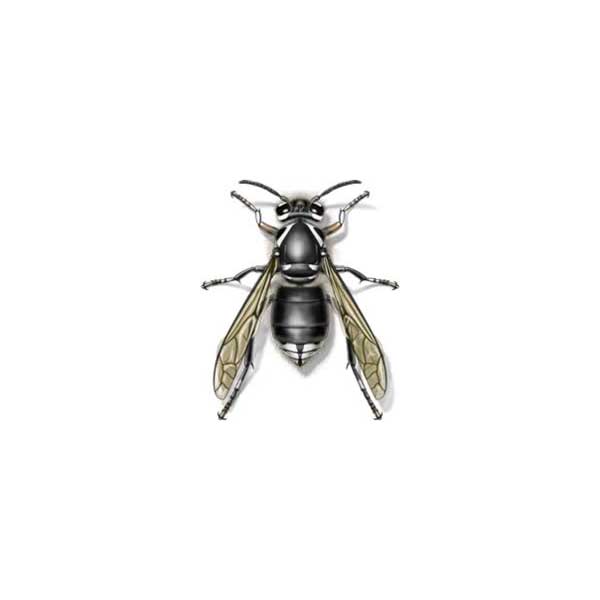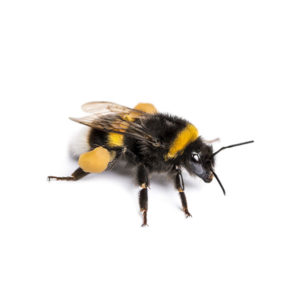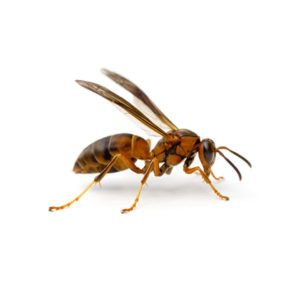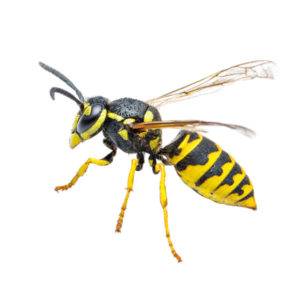Bald-Faced Hornets in Florida
The bald-faced hornet greatly resembles its yellowjacket relatives and gets its name from the ivory-white markings on its face. Bald-faced hornets are relatively large flying insects and will defend their nests aggressively when they feel there is a threat. These beneficial wasps live in colonies with thousands of individuals and would be a lesser threat to humans if they did not nest in structural voids, attics, and cavities associated with landscaping features.
Bald-Faced Hornet Habitat
The bald-faced hornet is more likely to build its large, paper nest around areas where humans live, work, and play. These hornets build gray-colored, egg-shaped nests that can become quite large, some growing to 24 inches in length and 30 inches in diameter. Nests are created in spring and early summer by worker hornets chewing on natural wood fibers. Bald-faced hornets will construct nests in trees, under eaves, around light structures on buildings and inside children’s playhouses. When the nest is finished, it will be the size of a football or basketball.
Bald-Faced Hornet Behavior, Threats or Dangers
Bald-faced hornet stings are venomous and can cause pain and swelling for about 24 hours. People who are allergic to bee stings may have similar reactions to a bald-faced hornet sting. Bald-faced hornets scavenge in trash receptacles and forage upon food and beverages consumed outdoors. They also consume ripe fruit in gardens, farms, and vineyards. In the autumn, the combination of cooler temperatures and reduced food stimulates newly emerged reproductive wasps to seek warm shelter, and they are more likely to invade homes.
As with many stinging insects, these pests will sting if they feel threatened or their nest is in danger. If a nest is located near human activity, it is important to contact a professional pest control company for stinging insect control or nest removal.
Need help with Bald-Faced Hornet control?
We'll call you! Leave your information below.





